Can anyone identify this maple tree?
Jacqueline Smith
last year
Related Stories
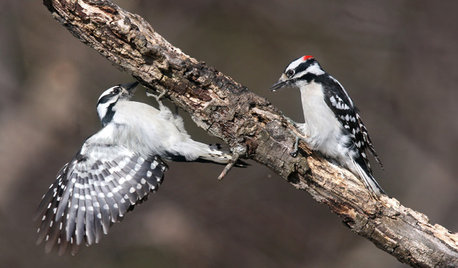
GARDENING FOR BIRDSBackyard Birds: How to Identify Two Common Woodpeckers
Downy and hairy woodpeckers have similar coloration and behavior. But there are two big differences that separate them
Full Story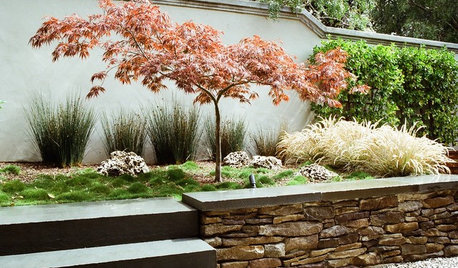
GARDENING AND LANDSCAPINGGreat Design Tree: Japanese Maple
Lacy form and fiery fall color make Japanese maple a welcome tree for garden or patio
Full Story
TREES11 Japanese Maples for Breathtaking Color and Form
With such a wide range to choose from, there’s a beautiful Japanese maple to suit almost any setting
Full Story
GARDENING GUIDESTree Care: Common Tree Diseases and What to Do About Them
Learn to recognize trees that may be affected by diseases or pests so you can quickly take action
Full Story
TREESGreat Design Plant: Coral Bark Japanese Maple, a Winter Standout
Go for garden gusto during the chilly season with the fiery red stems of this unusual Japanese maple
Full Story
GARDENING GUIDESGreat Design Tree: Australian Tea Tree
A living sculpture with an unmistakable appearance, this coastal native creates an intriguing landscape scene
Full Story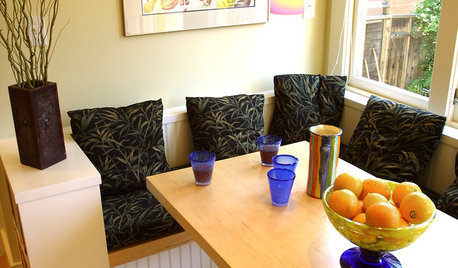
MATERIALSWoodipedia: Maple Is a Marvel Around the House
A heavy hardwood with lots of potential, maple appeals to modern sensibilities and won't break your budget
Full Story
GARDENING GUIDES10 Tips to Start a Garden — Can-Do Ideas for Beginners
Green up your landscape even if you're short on time, money and knowledge, with these manageable steps for first-time gardeners
Full Story
FALL GARDENING11 Trees for Brilliant Fall Color
Give your landscape the quintessential look of autumn with the red, orange and yellow leaves of these standouts
Full Story
PETS5 Finishes Pets and Kids Can’t Destroy — and 5 to Avoid
Save your sanity and your decorating budget by choosing materials and surfaces that can stand up to abuse
Full Story




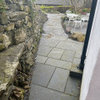
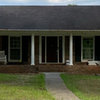
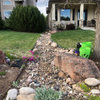
Jacqueline SmithOriginal Author
floral_uk z.8/9 SW UK
Related Discussions
Can anyone identify this Japanese Maple
Q
Can anyone help me identify this tree behind me?
Q
Long shot - can anyone identify these coniferous trees?
Q
Maple tree rot can anyone tell what this is and how to get rid of it
Q
gardengal48 (PNW Z8/9)
floral_uk z.8/9 SW UK
Jacqueline SmithOriginal Author
floral_uk z.8/9 SW UK
gardengal48 (PNW Z8/9)
Jacqueline SmithOriginal Author
floral_uk z.8/9 SW UK
P.D. Schlitz
floral_uk z.8/9 SW UK
gardengal48 (PNW Z8/9)
P.D. Schlitz
gardengal48 (PNW Z8/9)
arbordave (SE MI)
davidrt28 (zone 7)
bengz6westmd
P.D. Schlitz
davidrt28 (zone 7)